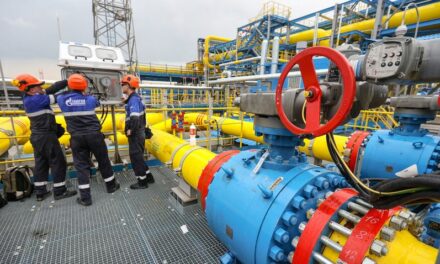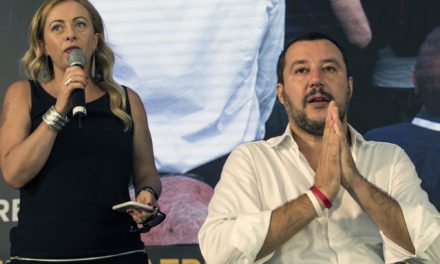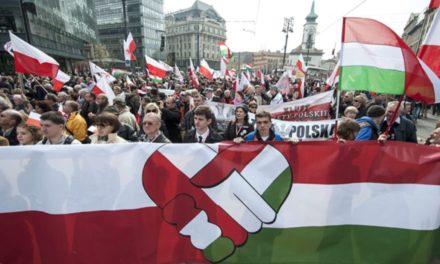Denigrating Europe's largest cultural urban development, Lajos Oláh is trying to collect supporting signatures for the opposition primary election with a large advertisement on his Facebook page. At the same time, the commentators made it clear to the DK representative: they are satisfied with the developments taking place as part of the Liget project, so they are not receptive to incitement, Magyar Nemzet wrote.
According to Lajos Oláh, the constructions taking place as part of the Liget project mean money for a few, but only disappointment for many, so he urged his followers to stop the destruction of the city and protect the City Park.
The appeal of the Gyurcsányist politician, however, fell on deaf ears, and with the exception of a few commentators, the majority made it quite clear that they did not accept the incitement against the Liget project, as they were satisfied with the result.
This 'ad' is for people who haven't been there (and they are easily manipulated) and believe that picture is the final state," one commenter wrote, followed by another:
"What has been done so far is great! Everyone is amazed! You just have to go out and see how many people like it!” he emphasized.
There was also someone who advised the DK representative candidate to go out and see with his own eyes what was done in the grove, and then incite against it. Another commenter noted that he visited the City Park on Sunday, and it seems that the lot of concrete was hidden in front of him or that he couldn't see it because of the many trees and grass, and he also advised the critics of the project to look around with their own eyes, and not they read opposition comments.
Of course, the member of parliament of Terézváros and Erzsébetváros SE is not the only one who tries to create an atmosphere against the most awarded urban development, shouting that the grove will be built in and concreted, which will thereby lose its character as a public park.
A memorable case is the action of the deputy mayor of Budapest, Gábor Kerpel-Fronius, who, citing, among other things, the overloading of the City Park, suggested that the new National Gallery be built on Szent György Square in Buda's Castle District.
the article in its entirety here












